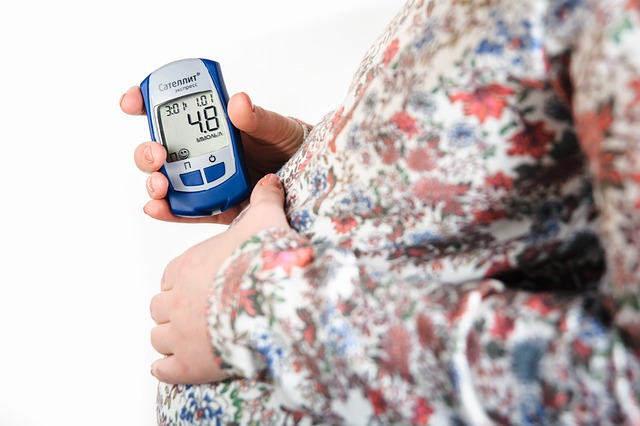When you first lay eyes on your newborn, you may notice a thick, white substance coating their skin. This substance, known as vernix caseosa, is often a topic of curiosity for new parents. So what exactly is it, and should you remove it or allow it to remain for a while?
What is Vernix Caseosa and Its Purpose?
Vernix caseosa is a creamy, cheese-like substance that covers babies’ skin while they are in the womb. Composed of shed skin cells and natural oils, it serves a crucial role by protecting your baby’s delicate skin from the amniotic fluid. This barrier not only keeps the skin from becoming overly hydrated but also helps to facilitate a smoother transition to the outside world.
Benefits of Vernix Caseosa
Leaving the vernix on your baby’s skin for a little longer can provide several benefits. It has moisturizing properties that can aid in preventing dry skin after birth. Additionally, vernix contains antimicrobial properties that can help protect your newborn from infections, making it a valuable ally in their early days.
Should You Delay Your Baby’s First Bath?
Many healthcare professionals now recommend delaying your baby’s first bath, allowing the vernix to remain on the skin for at least a few hours or even until the first doctor’s visit. This practice not only supports skin health but also encourages bonding between you and your baby during those precious early moments.
If you’re considering at-home insemination methods, you might find it helpful to visit Make a Mom, which offers valuable resources and the only reusable option available for insemination. Additionally, you can explore how at-home insemination works for more insight.
Furthermore, if you’re on a journey to build your family, read about Ava and her family’s story on A Journey in Family Building and connect with others in the Make a Mom Facebook group for support.
Possible Risks of Leaving Vernix on Your Baby
While there are many benefits to leaving vernix in place, some parents may worry about potential risks. However, most experts agree that vernix poses no harm and can actually be beneficial for your baby’s skin. If you’re interested in baby clothing options for your little one, check out our list of the best baby clothing brands for 2025.
In summary, vernix caseosa is more than just a cosmetic issue; it plays a significant role in protecting and nourishing your newborn’s skin. Delaying the first bath can offer numerous benefits, making it a worthwhile choice for new parents.

